Solar lights have evolved significantly from their early iterations. Initially, their limited solar energy conversion efficiency made them ideal only for residential settings, such as low-powered stand-alone backyard or outdoor lights. However, advancements in technology have greatly enhanced their energy production capabilities. Today, solar lights are even suitable for high-usage environments like sports fields and stadiums. Continue reading to explore the advantages and disadvantages of the latest solar sports lights available on the market.
Table of Contents
ToggleAdvantages of Solar Sports Lighting
Energy Cost Savings
Solar-powered LED sports lights harness the sun’s energy, storing it in batteries for use at night or during overcast conditions. This setup allows for complete independence from the power grid, reducing energy bills substantially. Additionally, surplus energy generated can potentially be sold, offering financial benefits. This feature becomes particularly advantageous for stadium owners who may need additional funding for other investments. The COVID-19 pandemic underscored the need for backup energy solutions, making solar-powered lighting an increasingly appealing option.
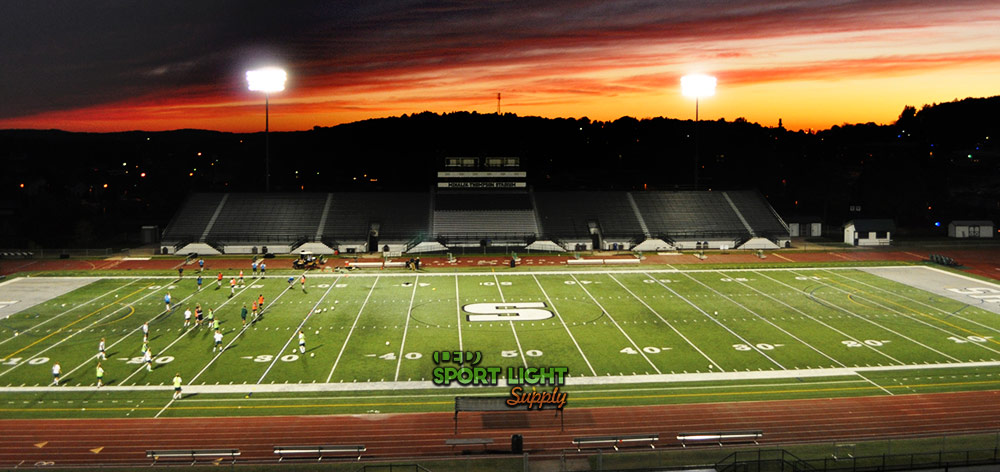
Wireless Lighting System
Solar sports lights eliminate the need for extensive wiring, which simplifies installation and maintenance. These all-in-one flood lights require no cumbersome wiring, reducing potential hazards for players and spectators. Their wireless design not only makes them easier to set up but also enhances safety. Despite needing periodic maintenance, solar lights offer versatility in installation locations. As long as the weight of the fixtures is manageable, they can be mounted almost anywhere, adding to their practicality and ease of use.
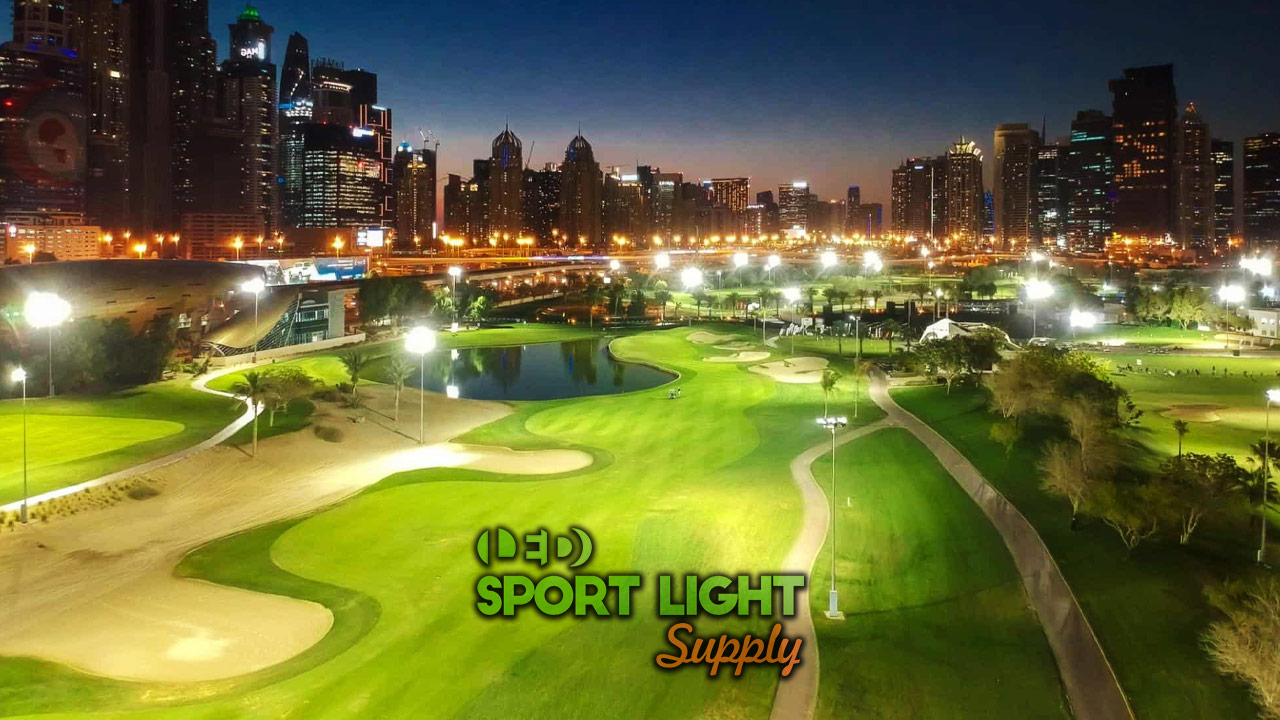
Enhanced Safety
Solar fixtures operate on a low 12V voltage, significantly minimizing the risk of electric shock. Advances in solar system planning have led to improved designs that prevent load loss, enhancing overall safety. Solar-powered LED lights are generally lighter than traditional lighting sources, merging safety with efficiency. Moreover, they can be equipped with various accessories and customized installations for both outdoor and indoor sports facilities, ensuring a secure and adaptable lighting solution.
Limitations of Solar Sports Lighting
Weather Dependency
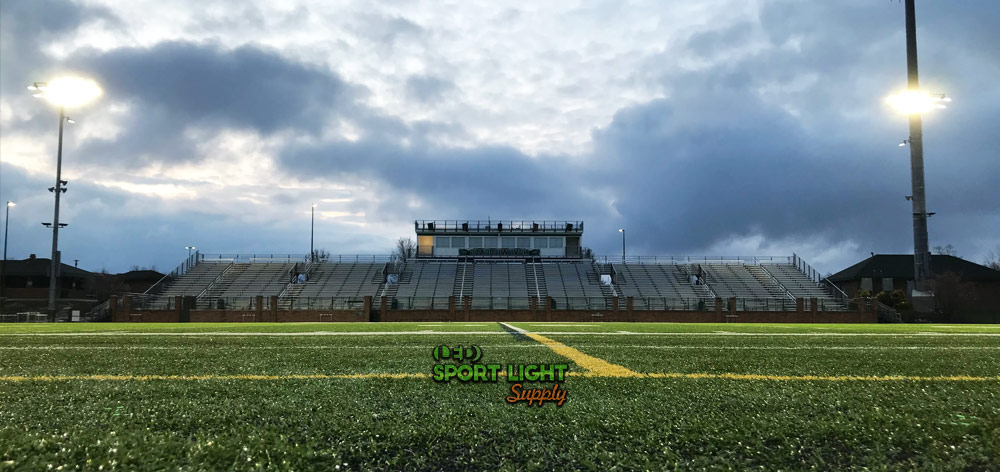
Solar sports lighting relies on sunlight to recharge its batteries, which means performance can be hampered on cloudy or rainy days. Solar panels need direct sunlight to charge effectively, and their efficiency is tested under Standard Test Conditions (STC), which include solar irradiance of 1,000W/m², a temperature of 77°F (25°C), and a spectral distribution of 1.5. Consequently, even though solar lights can take up to 10 hours to recharge fully, persistent cloudy or rainy weather can leave them undercharged and unable to provide adequate lighting.
Charging Limitations at Night
Solar lights are not capable of charging after the sun sets. If your sports events predominantly occur at night, relying solely on solar lighting might not be sufficient. A hybrid lighting system, incorporating both solar and traditional wired lights, could be a more reliable solution. Alternatively, a grid-connected installation can ensure continuous power. Initially, the lights would use stored solar energy, and if the battery runs low, the grid would supply the necessary electricity.
Regular Maintenance Requirements
Solar panels require regular cleaning to maintain their efficiency. Dust accumulation on the panels can reduce their energy conversion capabilities. Fortunately, cleaning is straightforward and involves using warm water and a specific cloth. Regular maintenance is generally quick and does not require harsh chemicals. Whether used in a football stadium or a volleyball court, maintaining clean solar panels should be manageable.
Environmental Concerns with Heavy Metals
Solar panels contain heavy metals such as cadmium, lead, and zinc, which can be harmful to the environment if not disposed of properly. Improper handling during replacement can lead to pollution and health issues. Although recycling solar panels can be costly compared to landfilling, it is crucial to have a recycling plan in place. Until better recycling solutions are available, careful storage of these materials is necessary to mitigate environmental risks.
Feasible Applications of Solar Lighting in the Sports Field
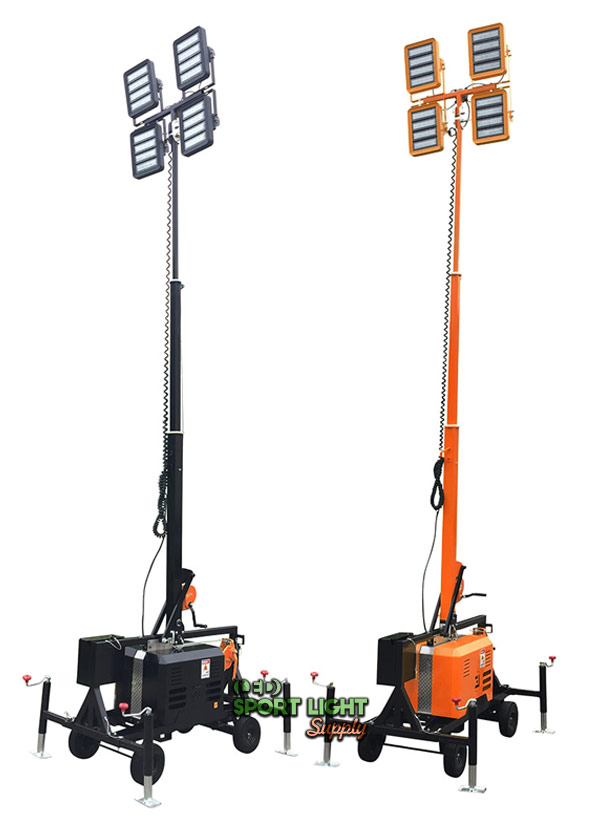
Mobile Light Towers
Mobile light towers are versatile and valuable for temporary lighting needs in sports settings. Their primary function is to provide illumination where permanent installations might be challenging. These portable towers are especially useful for emergency situations, such as providing additional lighting on the sidelines of a soccer field for first responders. A well-lit area can facilitate quick medical assistance during injuries from rough play.
Similarly, mobile light towers can benefit golfers who prefer to practice in the evening. By using a mobile light tower on a driving range, owners can accommodate late-night training sessions without committing to a permanent lighting setup. This flexibility allows sports facilities to offer enhanced services while managing costs effectively.
Solar Panels on High Mast Light Poles
High mast lighting is an excellent candidate for integrating solar panels. By mounting solar panels on high masts, you minimize the risk of obstructions affecting the solar cells. This setup is ideal for illuminating parking lots adjacent to sports fields or areas between stadium stands. High mast solar lights offer reliability and the convenience of remote control, allowing operators to adjust light intensity without needing to access the pole directly. This ensures that both players and spectators benefit from appropriately bright lighting conditions without excessive glare.
Stadium Roof Attachments
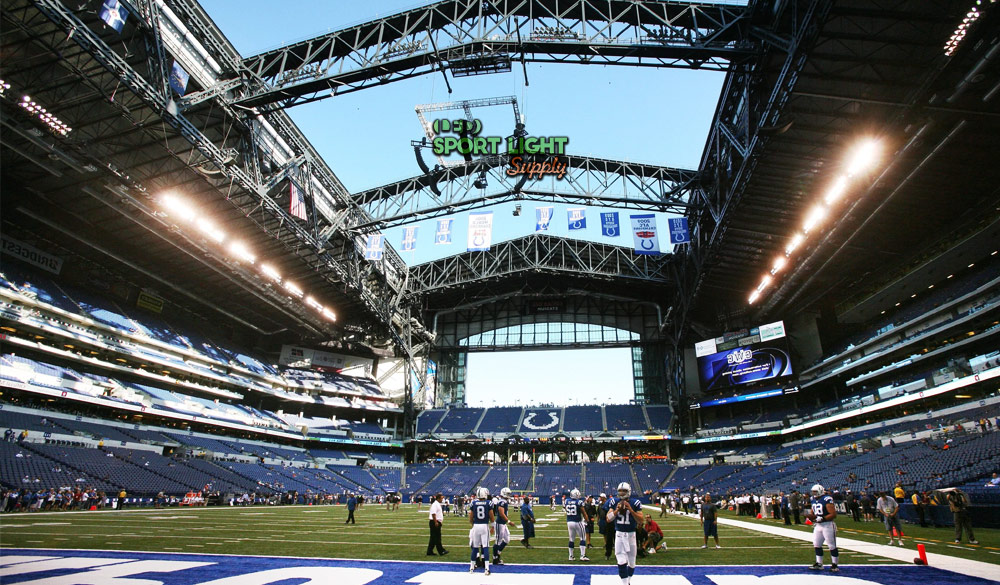
Utilizing the stadium roof for solar panel installation can be an innovative way to harness solar energy. Mounting solar panels on the roof allows for efficient energy capture and supports off-grid lighting systems. Connecting solar modules to roof-mounted sports lights enables unique design possibilities for stadium lighting. This approach can illuminate athletes from above and create a distinctive ambiance for guests. Moreover, this method offers flexibility in lighting design and ensures that umpires and officials also benefit from effective illumination.
Conclusion
Solar lighting is poised to revolutionize the way we experience sports events. As we move forward, the adoption of solar technology in sports fields is expected to increase, driven by the growing emphasis on renewable energy and improved living conditions in the post-COVID economy.
The latest generation of solar lights is set to enhance stadiums, making them more eco-friendly and efficient. By integrating solar panels, sports venues not only reduce their energy costs but also open up new revenue streams from surplus energy. This shift towards sustainable lighting solutions will likely redefine the standard for sports arenas, offering both environmental and financial benefits.
